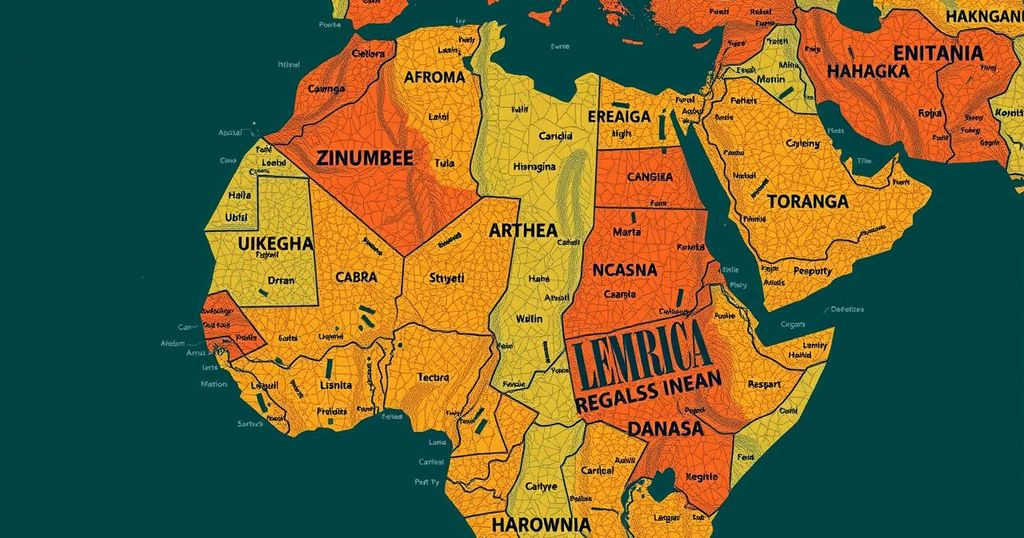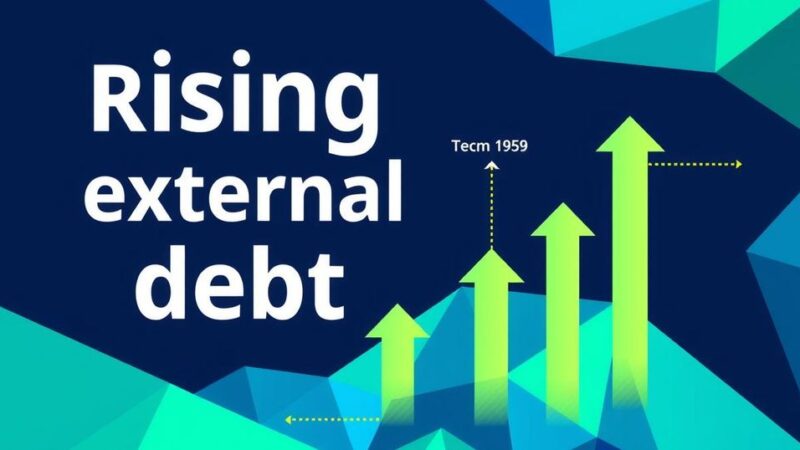This article examines the intersection of public debt and education in Zimbabwe, Eritrea, South Sudan, and South Africa, illustrating how debt management influences educational access and quality. Each country’s unique challenges highlight the need for strategic reforms aimed at prioritizing education within fiscal policies to secure sustainable development and uphold human rights.
The intricate relationship between public debt and the right to education has profound implications for access to quality education across various nations. Specifically, the situations in Zimbabwe, Eritrea, South Sudan, and South Africa highlight the detrimental impact of debt management on educational investment. Financial constraints, coupled with governance challenges, create barriers that hinder educational access and compromise learning outcomes, necessitating a reevaluation of fiscal policies to prioritize education in debt-ridden countries.
In Zimbabwe, rampant hyperinflation and mismanagement have led to a staggering debt burden, diverting essential resources away from education. Schools suffer from chronic underfunding, affecting infrastructure, teacher training, and resulting in low enrolment rates, particularly in rural areas. The overall investment shortfall has far-reaching consequences, not only limiting immediate educational prospects but also obstructing long-term national development and the realization of fundamental rights.
Eritrea exemplifies a situation where a focus on self-reliance and military spending has undermined educational opportunities. The severe debt load and prioritization of military expenditures have constrained resources for education, while mandatory national service interrupts educational pathways. The lack of international support further complicates improvements to the education system, necessitating a shift in resource allocation to prioritize educational needs.
Despite South Africa’s economic advancements, it faces significant challenges in integrating educational investment with debt obligations. The remnants of apartheid have resulted in educational disparities, exacerbated by financial pressures and corruption, which hinder effective resource allocation. Issues such as overcrowded classrooms and under-resourced schools reflect broader socio-economic challenges that compromise educational quality.
The plight of South Sudan reveals a dire state where conflict and corruption compound the effects of debt on education. Although oil revenues present potential funding sources, mismanagement and ongoing strife have decimated educational infrastructure. With only a small fraction of the national budget allocated to education amidst overwhelming debt service obligations, the right to education remains severely compromised, demanding urgent attention and intervention.
The overarching theme across these countries underscores that effective debt management is crucial for advancing educational investment. A strategic approach involving both borrower and lender can unlock resources necessary for enhancing educational infrastructure and ensuring access to quality education. This may necessitate debt restructuring or cancellation for nations burdened by unsustainable debt.
Lessons drawn from these case studies offer valuable insights applicable on a global scale, particularly in relation to international frameworks such as the International Covenant on Economic, Social and Cultural Rights (ICESCR) and the United Nations Sustainable Development Goals (SDGs). Article 13 of the ICESCR affirms the right to education as fundamental, obliging states to ensure equal access without discrimination. Nations with high debt burdens should engage lenders to protect education budgets from severe cuts, thereby upholding the right to education even in times of fiscal constraint.
Incorporating anti-corruption measures and ensuring transparency in governance are also imperative to manage debt effectively. Initiatives such as Transparency International’s Corruption Perceptions Index can provide benchmarks for assessing governance effectiveness and its influence on educational outcomes. By enhancing transparency and accountability, countries may better allocate educational resources and improve access for all citizens.
Furthermore, increasing community involvement in budgeting processes can bolster accountability, ensuring educational needs are prioritized in resource allocation. Engaging local communities and civil society organizations can play an essential role in advocating for equitable access and monitoring the impact of strategic debt management on education.
The exploration of the intersection between public debt and education illuminates the critical challenges faced by countries like Zimbabwe, Eritrea, South Sudan, and South Africa. These nations showcase the negative interaction between financial challenges and access to quality education, highlighting the necessity of aligning debt management strategies with commitments to educational investments. The discussion is framed within the context of international obligations that prioritize education as a vital human right, emphasizing the importance of sustainable development and equity in educational access.
In summary, the relationship between public debt and the right to education presents complex challenges that these four countries exemplify. Effective debt management that prioritizes educational investment is crucial for overcoming barriers to access and improving learning outcomes. By adopting comprehensive fiscal reforms, implementing anti-corruption measures, and enhancing community engagement in resource allocation, nations can work toward a more equitable education system that promotes long-term development and upholds the fundamental right to education.
Original Source: www.amnesty.org






